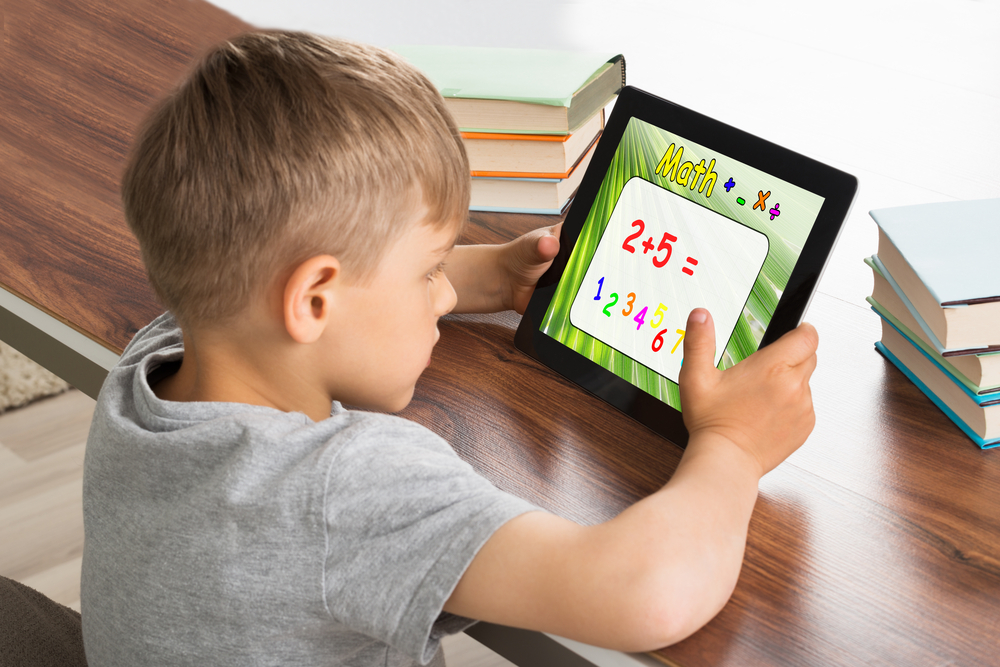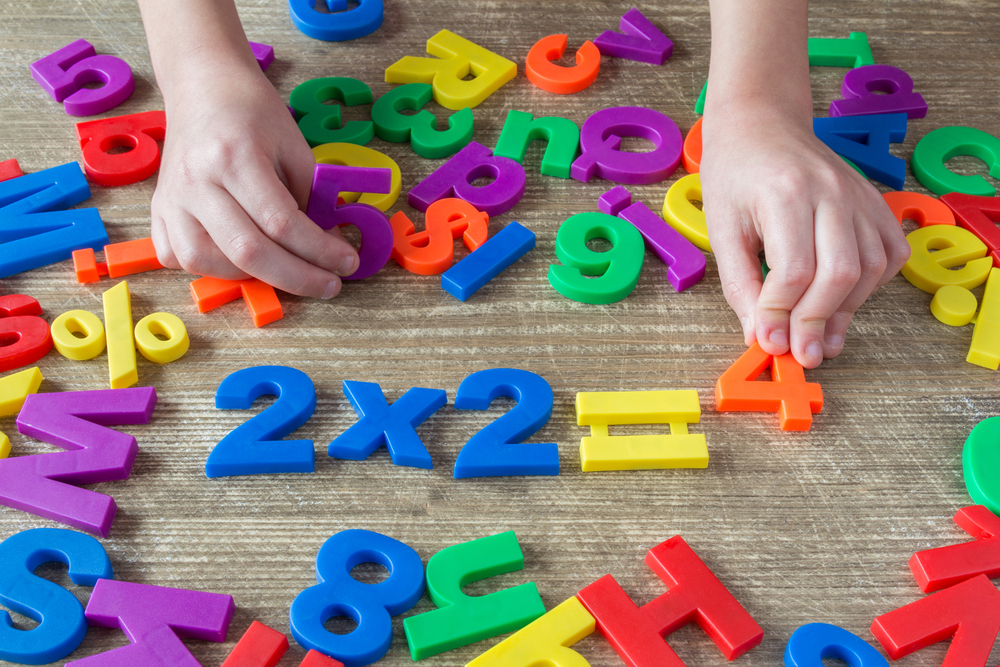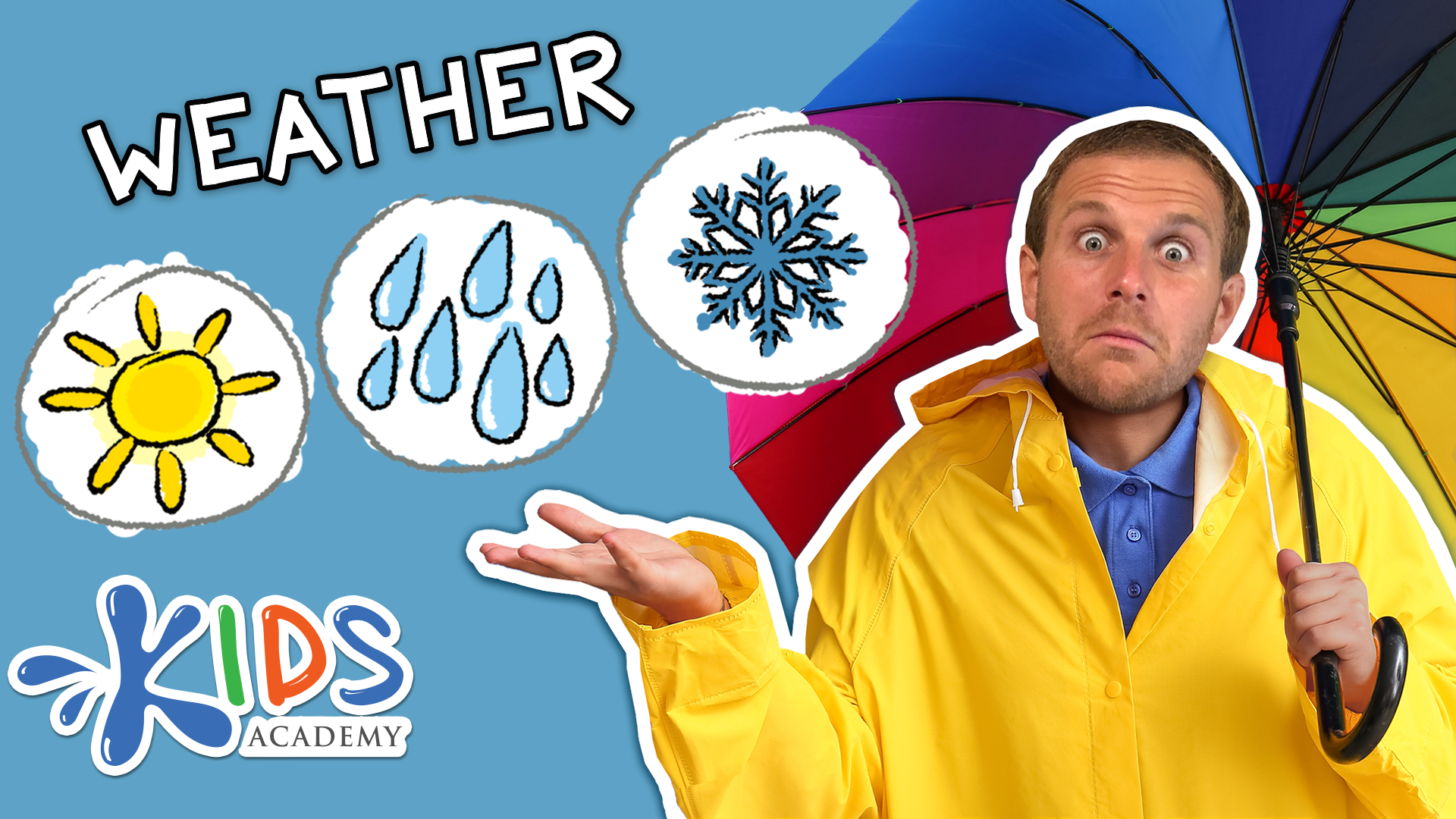Associative learning Worksheets for 3-Year-Olds
3 filtered results
-
From - To
Discover our engaging Associative Learning Worksheets designed specifically for 3-year-olds! These fun and interactive resources help young learners develop critical thinking skills as they explore relationships between objects, words, and concepts. Through a variety of colorful and age-appropriate activities, children will practice matching items, identifying similarities and differences, and strengthening their cognitive abilities. Perfect for parents and educators alike, these worksheets promote early learning success while ensuring children have fun. Create a solid foundation for future learning and encourage curiosity with our carefully crafted exercises that make associative learning enjoyable and effective. Unlock your child's potential today!
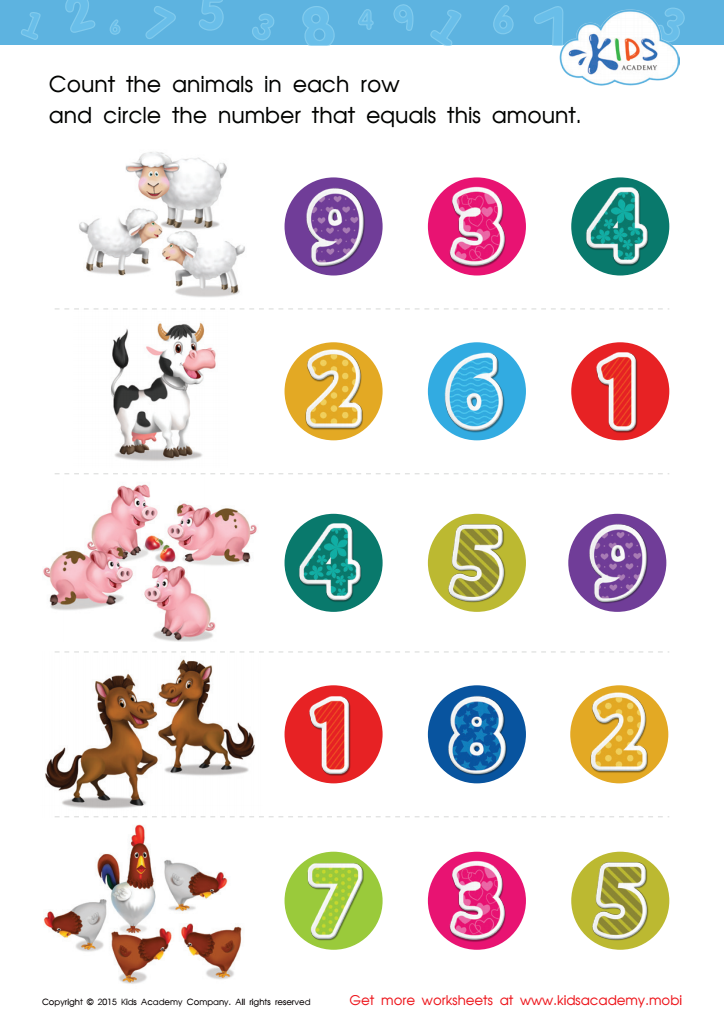

Count and Match 1 – 5 Math Worksheet
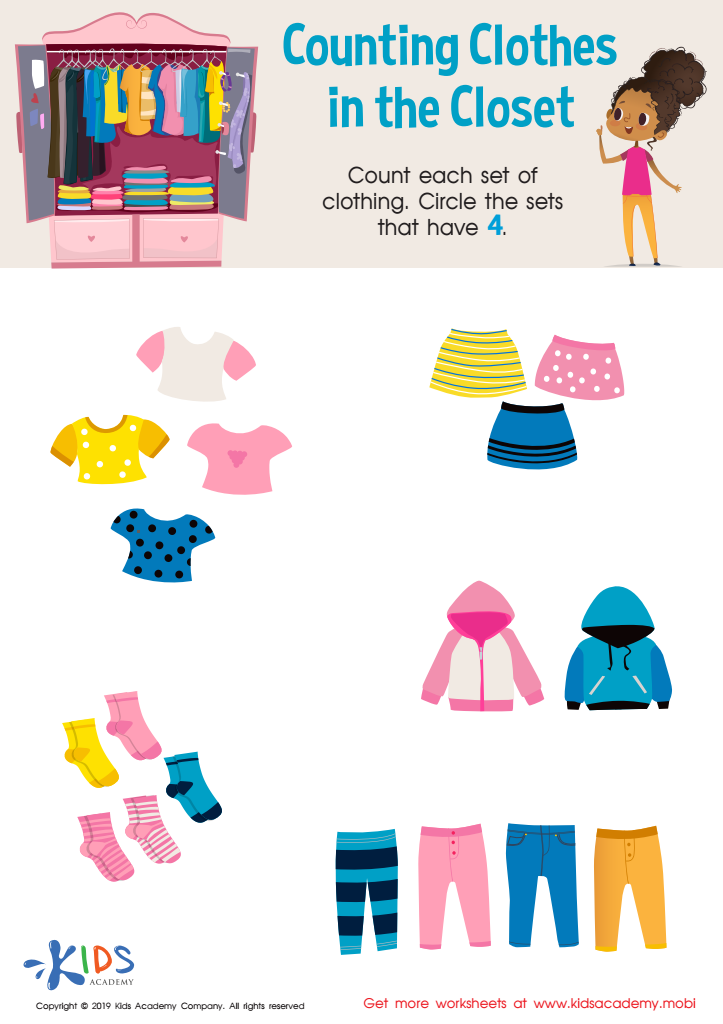

Counting Clothes Worksheet
Associative learning is a fundamental cognitive process that occurs when young children learn to connect stimuli and responses, paving the way for successful learning experiences. For parents and teachers, understanding the importance of this type of learning in 3-year-olds is crucial for several reasons.
Firstly, at this age, children are naturally curious and eager to explore their environment. Associative learning helps them make sense of their surroundings, facilitating the understanding of cause-and-effect relationships. For example, when a child realizes that a toy makes noise when pressed, they begin to understand the link between actions and outcomes.
Moreover, nurturing associative learning helps build vocabulary and thinking skills. Children learn through repetition and connections; a simple song or rhyme can teach them not only words but concepts like rhythm, counting, or categorization.
Additionally, fostering a positive, supportive learning environment encourages children to make connections independently, boosting confidence and creativity.
By actively engaging in activities that promote associative learning, parents and teachers can set a strong foundation for critical thinking, problem-solving, and social skills that will benefit children throughout their educational journey. Overall, prioritizing associative learning in early childhood is essential for holistic development.
 Assign to My Students
Assign to My Students






